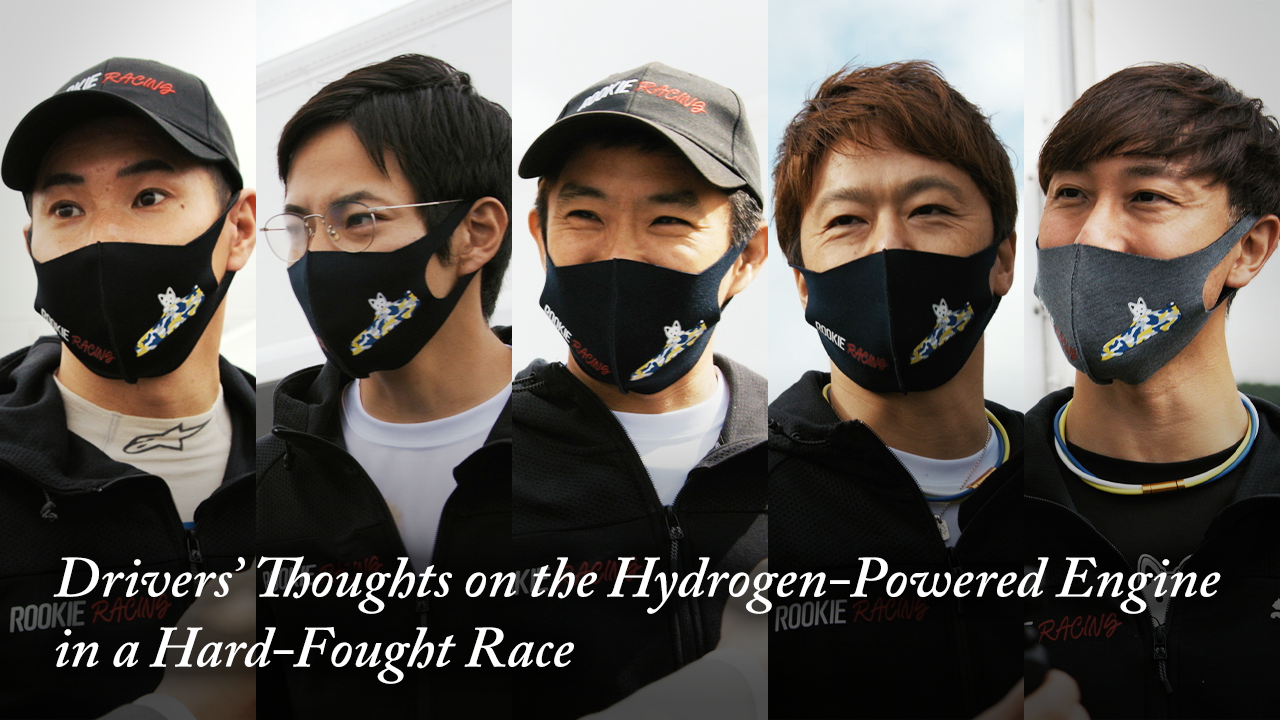
What does the hydrogen-powered engine really feel like? Morita interviewed the race drivers to find out.

Toyota and ROOKIE Racing took on the unprecedented challenge of competing in a 24-hour endurance race with a hydrogen-powered engine. How did it feel for the drivers out on the track? And what was the engine really like? Toyota Times reporter Kyonosuke Morita spoke with the drivers who crewed the hydrogen-powered Corolla.
Reaching this level in six months is almost miraculous

First, Morita heard from Kamui Kobayashi upon his return to the pits. Never before had a vehicle fueled only by hydrogen competed in an endurance race. This meant that, as the starting driver, Kamui Kobayashi became the first person in the world to drive a hydrogen engine car in a race.
Watching from the stands, Morita had felt that the hydrogen-powered engine sounded a little different from the gasoline cars, and Kamui seemed to agree.
Morita:
As expected, the hydrogen-powered engine sounded a bit different, at least from the outside, but how was it for you?
Kobayashi:
Yes, that’s true, it does have more of a high-pitched sound. This is a normal (GR) Yaris engine that has been converted to a hydrogen-powered one with new injectors. I think a race-spec engine would give it a stronger sound, and we could aim for higher revs.
The concept of this hydrogen-powered engine, however, is to achieve sufficient performance without making drastic changes from a conventional gasoline-powered engine. By doing so, the goal is to prove that this technology can be applicable to many others and to make as many people feel that it’s not something unreachable.
Kamui gave high praise for the efforts of everyone involved and the speed of development, regarding it as “almost miraculous” that the car could reach this level in such a short period after deciding to enter the 24-hour race in January 2021. Through this race, he hoped to share that feeling with many others, speaking passionately about “working towards a carbon-neutral age with hydrogen-powered cars”.
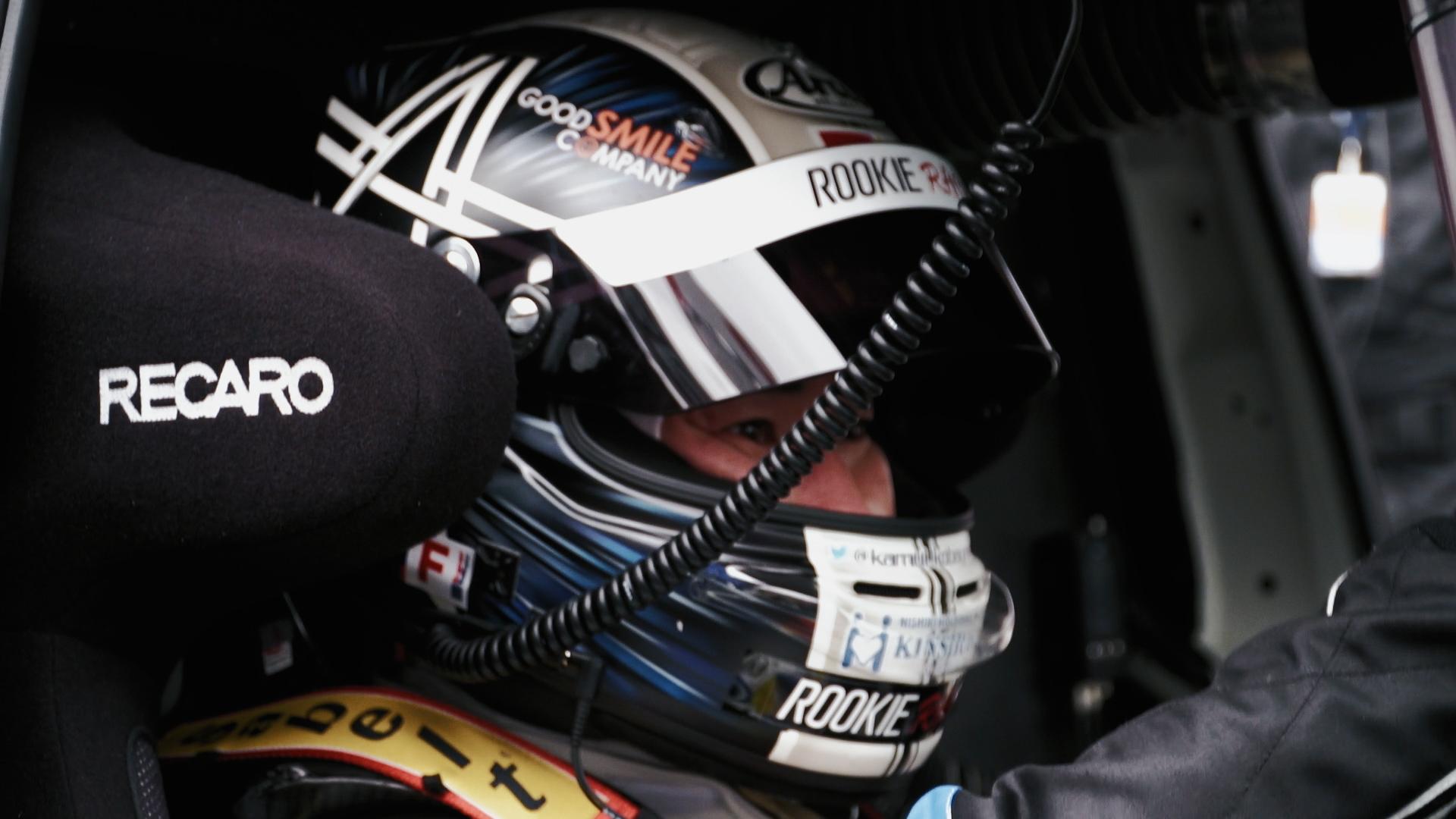
Morita:
What does this hydrogen-powered engine mean for racers?
Kobayashi:
To be honest, I don’t know where the goal is right now. Ultimately, this hydrogen fuel needs to reach the public, doesn’t it? To that end, it’s crucial that we not only make cars, but also increase the number of hydrogen stations, things like that. At the moment, the target [of achieving carbon neutrality] is 30 years from now, but I’m honestly not sure if we can reach that point in the next thirty years. That’s why this is so important – the speed we’re working with here makes me feel like it may be possible.
Everyone pitches in to overcome late-night trouble
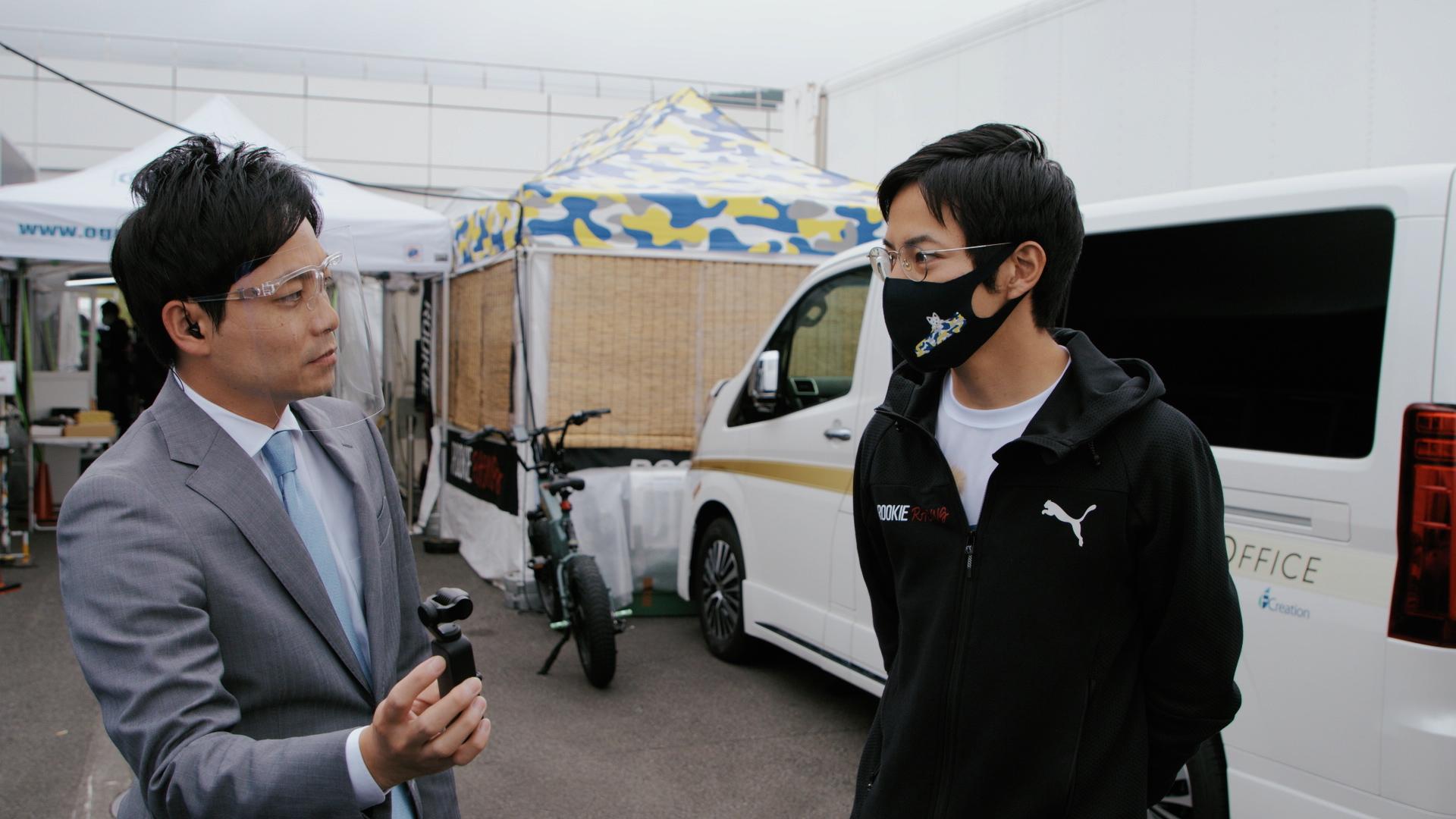
Despite running smoothly since the start, with the clock about to tick over to a new day the hydrogen-powered Corolla encountered electrical trouble. Making an emergency pit stop, driver Takamitsu Matsui joined Kamui Kobayashi and the entire team of mechanics and engineers in an epic four-hour repair session. Even in the middle of the night, Morizo rushed over to offer encouragement to every team member. Matsui explains that he was deeply moved by the team’s unity.
Morita:
I heard the car had to stop last night due to trouble.
Matsui:
As I was turning a corner, there was an electrical problem and the power dropped out. When I rebooted the system it came back on, so I took the car straight into the pit and we set about repairing. All the drivers who were there got involved.
It wasn’t just the mechanics – Kamui Kobayashi too, and Morizo (President Akio Toyoda) came to spur us on. For me, working together like that was an amazing learning experience, and I’m very pleased that we were able to fix the problem and get the car running again now.
Another-level of excitement
“It’s really fun to drive while enjoying the sound of the engine,” says a beaming Takuto Iguchi. As he explains, behind that smile lies “the hope that we are creating the future”.
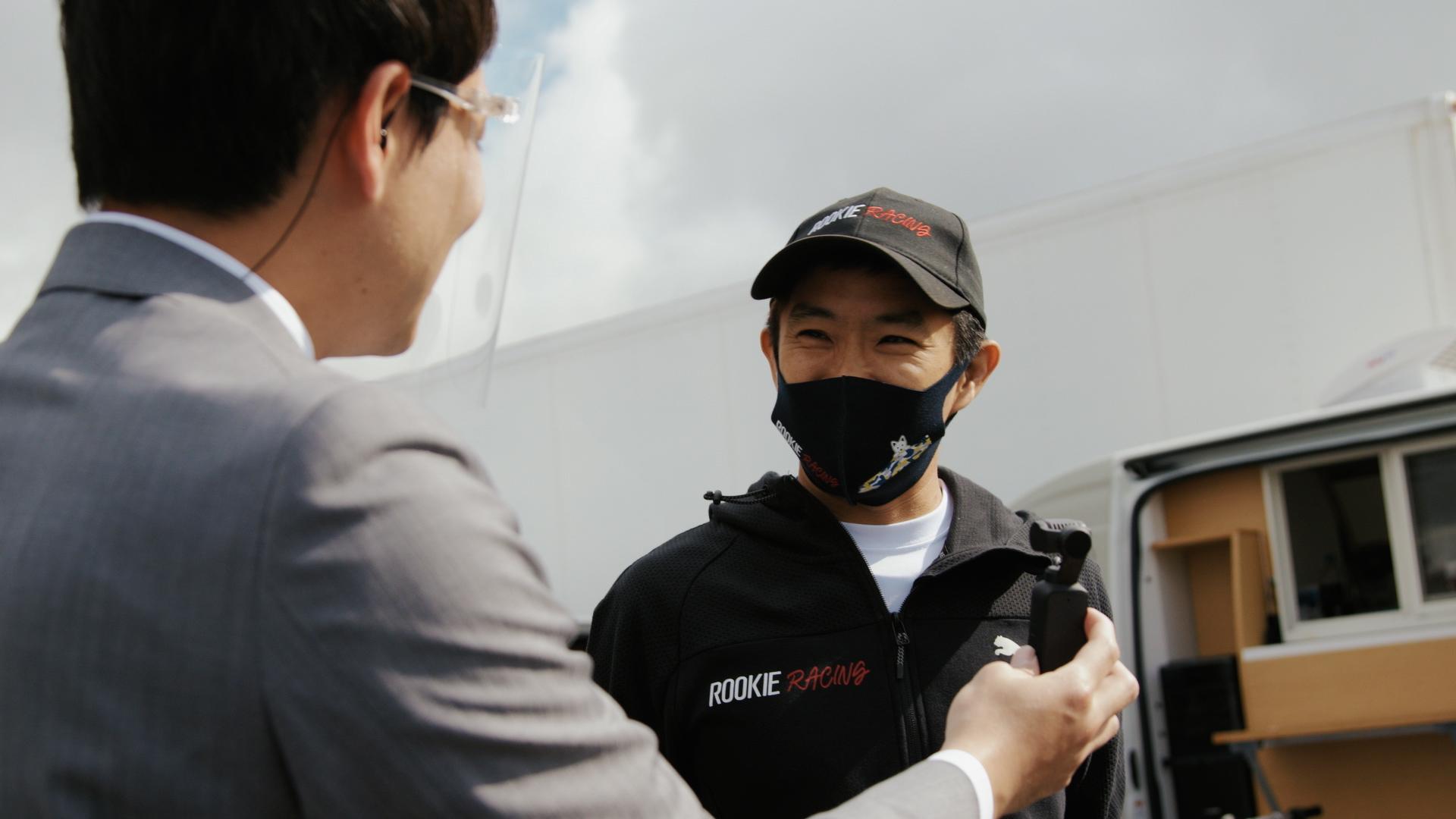
Amid growing calls for carbon neutrality, the prevailing mood in the automotive world views carbon dioxide-emitting engines as relics of the past, and the future of mobility as decidedly electric. Even as they accepted this changing tide, drivers who had grown up alongside the pulse of engines in the world of racing must have felt a tinge of sadness.
Then suddenly, along came the hydrogen-powered racing car, with a dream-like engine that emits almost no CO2 while still producing the same gallant roar as a gasoline machine. For Iguchi, tackling the 24-hour race in a car equipped with such an engine would have been no small pleasure.
Morita:
Of course there’s the joy of driving, but do you also feel the joy of creating something new?
Iguchi:
Even with all the uncertainties, there is a real thrill as well. The challenge this time is not about creating a new racing car, but vehicles of the future, so the sense of excitement and anticipation is different.
Morita:
It’s of another level?
Iguchi:
Yes, completely different.
Racing brings rapid progress
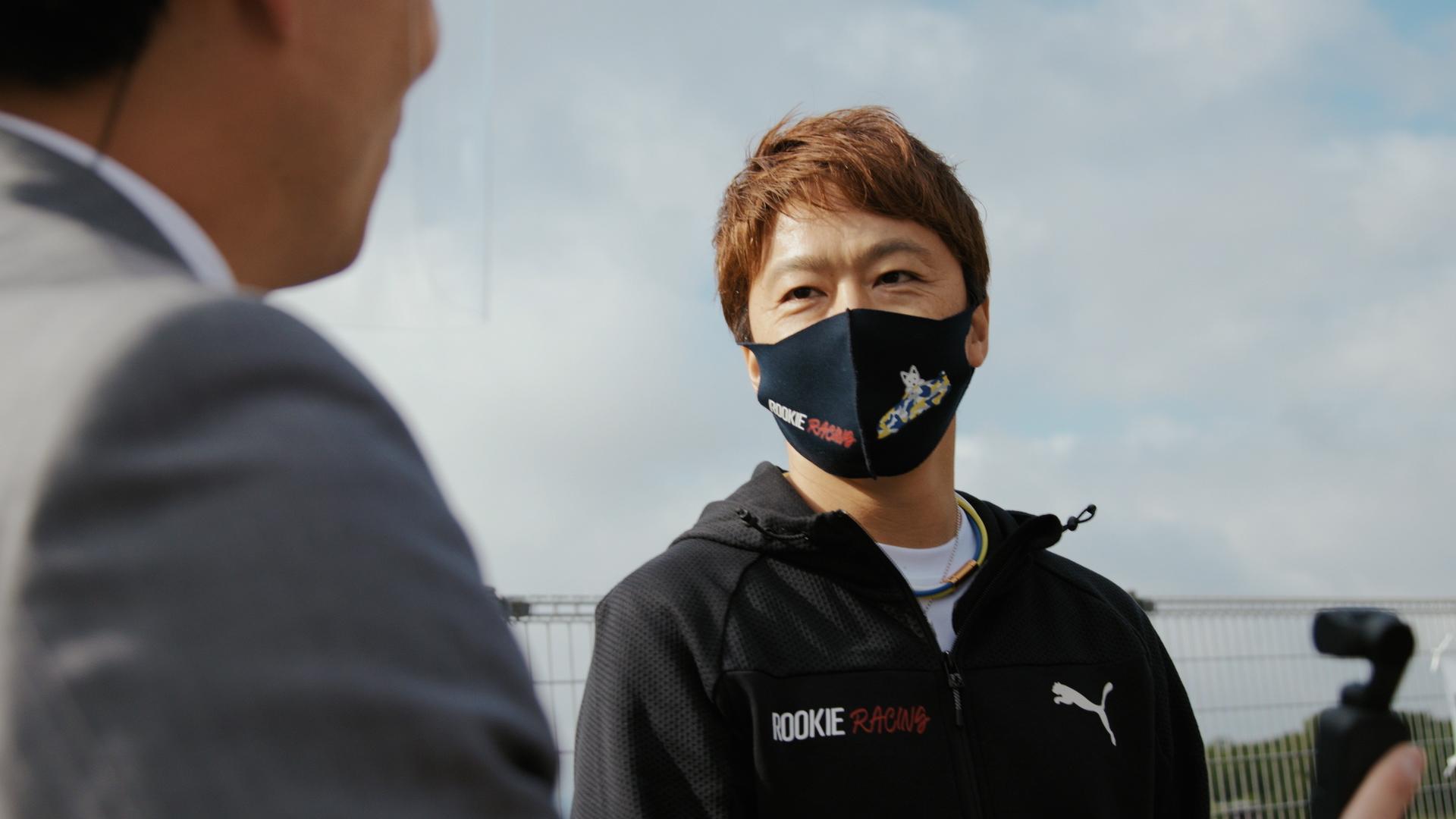
Having tested the hydrogen-powered engine since the early stages of development, driver Masahiro Sasaki looked back on the astounding speed of progress for the hydrogen-powered Corolla.
Morita:
When did you first drive the Corolla after it was fitted with the (hydrogen-powered) engine?
Sasaki:
It really wasn’t very long ago. We had the shakedown here at Fuji two weeks ago, and that was the first time I got to drive the Corolla. Since then we’ve gradually improved it to where it is now.
During his first run at Fuji Speedway, Sasaki’s lap times clocked in at around the 2-minute 10-second mark. Over the next two weeks, however, the team was able to work that time steadily down, until on race day Sasaki was hitting 2 minutes 4 seconds flat. In just a fortnight, they had cut more than 6 seconds off the clock.
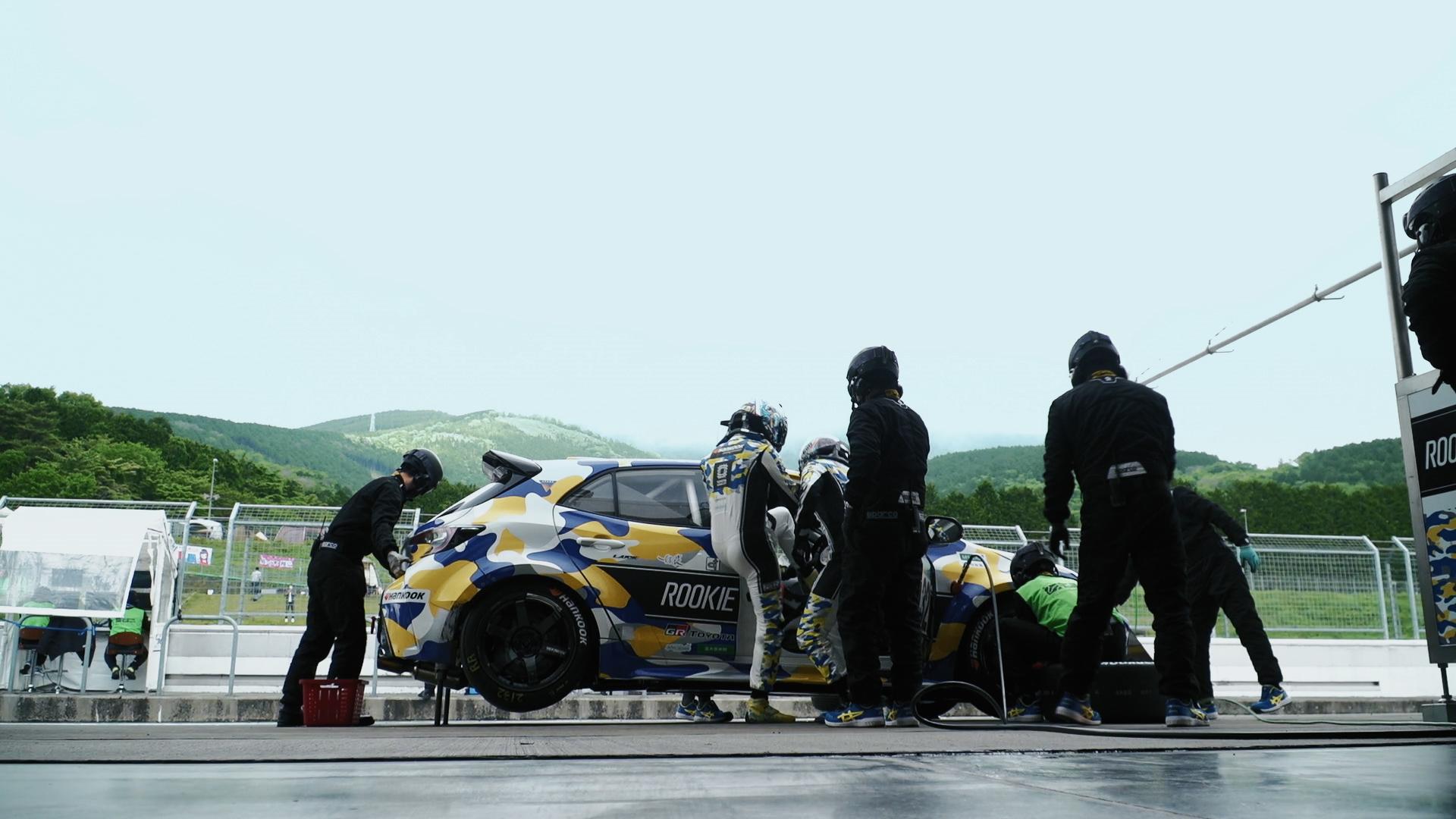
Morita:
Cutting down 6 to 7 seconds in 2-3 weeks is quite amazing, isn’t it?
Sasaki:
It’s astounding. Gaining a second in a marathon, for example, is a real feat, and in a 100-meter race, one-tenth of a second makes all the difference. In well-established racing cars, we have an incredibly tough time making up one second. In that context, improving by 5 to 6 seconds really demonstrates how fast we are progressing. It also shows that even more impressive times are just around the corner. I believe that racing will enable us to evolve at an incredibly rapid pace.
Exciting cars might survive after all

Another person surprised by the hydrogen-powered engine’s development speed was driver Hiroaki Ishiura. He tells how, with the race still in progress, the mechanics were already saying that they had found several areas to improve for next time. Ishiura emphasized the importance of competing in the race, saying, “I really believe this speed of development is only possible in a racing environment”.
For Ishiura, “sound” plays an important part in racing. Since prototyping, the engineers had been eager for him to hear the sound of the engine, and it had impressed him at every stage. This obsession with sound traces back to Ishiura’s childhood experiences.
Ishiura:
As a kid, I spent all my time on the grass over there, watching the races. Every weekend, I came to Fuji Speedway with my father, and what I enjoyed most was the sound. The sound, the power, and the speed. I watched it every weekend, clinging to the fence here.
The hydrogen-powered car has that same feel. For spectators, seeing it in action makes a strong impact, and the sound is part of that. It’s a car that is fun to drive and fun to watch, which I think makes it perfect for motorsports.
As the world moves towards carbon neutrality, I was really worried that would mean the end of these fun, great-sounding cars, but now I realize that’s not the case – the future is bright! I feel that exciting cars might survive after all.

